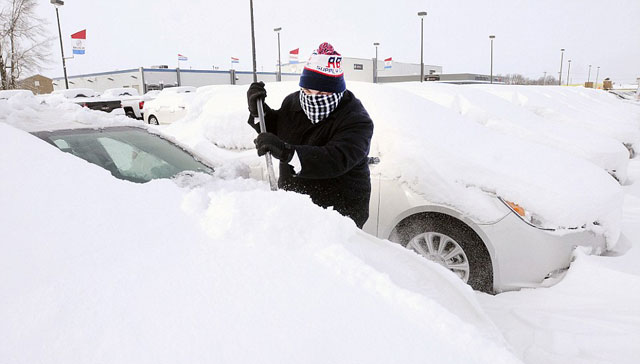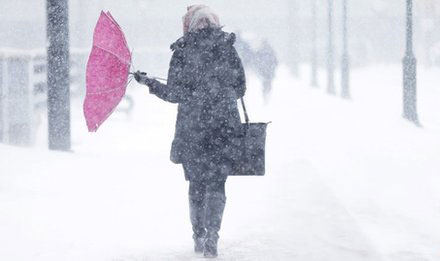Scientists baffled as Sun activity falls to century low
THE Suns activity has plummeted to a century low, baffling scientists and possibly heralding a new mini-Ice Age.
“I’ve been a solar physicist for 30 years, and I’ve never seen anything quite like this,” Richard Harrison, head of space physics at the Rutherford Appleton Laboratory in Oxfordshire, told the BBC in a 18 January 2014 report..
“If you want to go back to see when the Sun was this inactive… you’ve got to go back about 100 years,” he said.
The lull is particularly surprising because the Sun has reached its solar maximum, the point in its 11-year cycle where activity is at its peak.
This giant ball of plasma should be peppered with sunspots, exploding with flares and spewing out huge clouds of charged particles into space in the form of coronal mass ejections.
The lacklustre climax also follows a solar minimum – the period when the Sun’s activity troughs – that was longer and lower than had been anticipated.
“It’s completely taken me and many other solar scientists by surprise,” says Dr Lucie Green, from University College London’s Mullard Space Science Laboratory.
|
“We estimate that within about 40 years or so there is a 10% to 20% – nearer 20% – probability that we’ll be back in Maunder Minimum conditions.”
|
The drop off in activity is happening surprisingly quickly, and scientists are now watching closely to see if it will continue to plummet.
“It could mean a very, very inactive star, it would feel like the Sun is asleep… a very dormant ball of gas at the centre of our Solar System,” explains Dr Green.
Dr Green says: “There is a very strong hint that the Sun is acting in the same way now as it did in the run-up to the Maunder Minimum.”
This, though, would certainly not be the first time this has happened.
During the latter half of the 17th Century, the Sun went through an extremely quiet phase – a period called the Maunder Minimum.
Historical records reveal that sunspots virtually disappeared during this time.
A new theory of climate change
In 1995, Swedish scientist, Henrik Svensmark discovered a startling connection between the cosmic ray flux from space and cloud cover. He found that when the sun is more active–more sunspots, a stronger magnetic field, larger auroras, stronger solar winds, etc.–fewer cosmic rays strike the earth and cloud cover is reduced, resulting in warmer temperatures. Conversely, when solar activity is low, cloud cover increases and global cooling results. [Read more]
Mike Lockwood, professor of space environment physics at the University of Reading, told the BBC there was a significant chance that the Sun could become increasingly quiet.
He compared the current circumstances to the latter half of the 17th Century, when the sun went through an extremely quiet phase referred to as the Maunder Minimum.
An analysis of ice-cores, which hold a long-term record of solar activity, suggests the decline in activity is the fastest that has been seen in 10,000 years
That era of solar inactivity coincided with bitterly cold winters to Europe, where the Baltic Sea and London’s River Thames froze over. Conditions were so harsh that some described it as a mini-Ice Age.
Prof Lockwood says we may see a repeat if the Sun continues to dip, positing that the results would be dominantly felt in Europe due to the flow of an air current in the upper atmosphere that can drive the weather.
“It’s a very active research topic at the present time, but we do think there is a mechanism in Europe where we should expect more cold winters when solar activity is low,” he said.
“It’s an unusually rapid decline,” explains Prof Lockwood.
“We estimate that within about 40 years or so there is a 10% to 20% – nearer 20% – probability that we’ll be back in Maunder Minimum conditions.”




